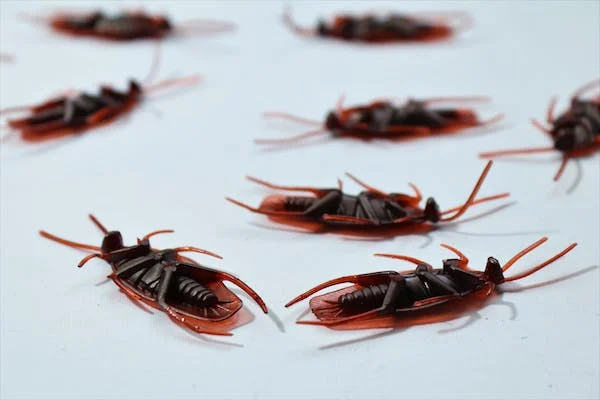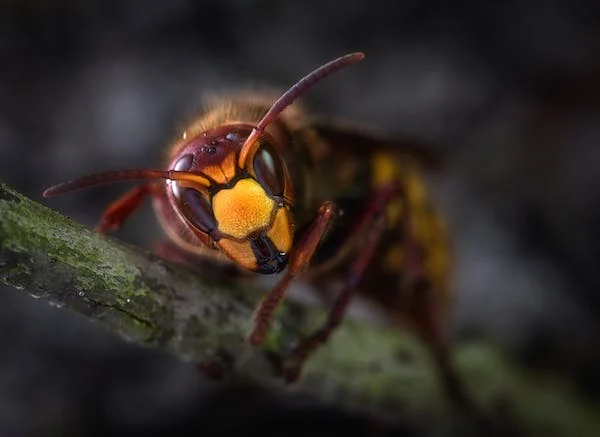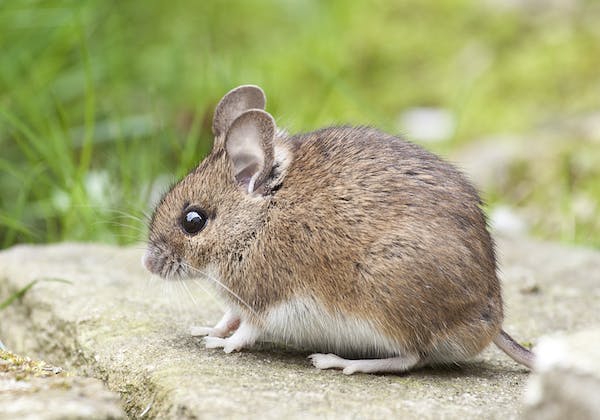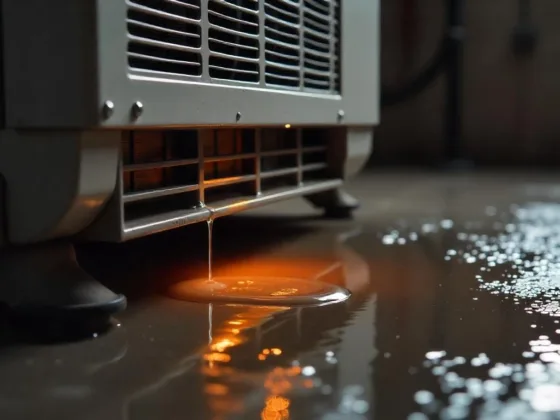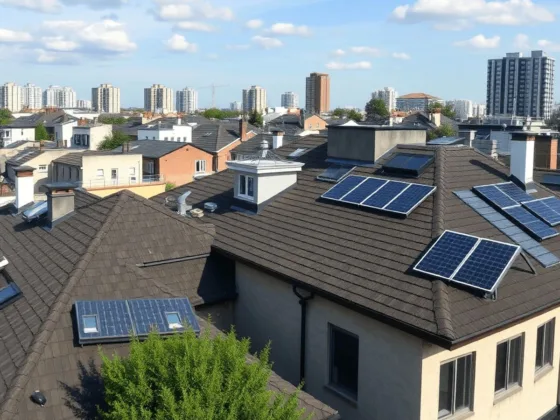Maintaining a pest-free environment is crucial for the smooth operation of commercial spaces. However, traditional pest control methods may have environmental implications.
Sustainable pest control solutions provide an eco-friendly approach to managing pests in commercial settings. Here’s a guide to implementing sustainable pest control measures:
1. Integrated Pest Management (IPM):
- Holistic Approach: Adopt Integrated Pest Management (IPM), a comprehensive strategy that combines biological, cultural, physical, and chemical control methods.
- Minimize Chemical Usage: IPM focuses on reducing the reliance on chemical pesticides, promoting a more balanced and sustainable pest control approach.
2. Natural Predators and Beneficial Insects:
- Introduction of Beneficial Species: Introduce natural predators, such as ladybugs or predatory insects, to control pest populations.
- Maintain Biodiversity: Encouraging biodiversity contributes to a natural balance that can control pest outbreaks.
3. Biological Pest Control Agents:
- Beneficial Nematodes: Use beneficial nematodes to control soil-dwelling pests without harming plants or the environment.
- Bacillus thuringiensis (Bt): Incorporate Bt, a naturally occurring bacterium, to control certain insect pests.
4. Green Cleaning Practices:
- Sustainable Cleaning Products: Utilize environmentally friendly cleaning products to eliminate food residue and potential pest attractants.
- Regular Maintenance: Implement regular cleaning and maintenance schedules to prevent pest-friendly conditions.
5. Essential Oils as Repellents:
- Peppermint, Citrus, and Neem Oils: Utilize essential oils like peppermint, citrus, or neem to create natural repellents for common pests.
- Safe and Non-Toxic: Essential oils offer a non-toxic alternative to traditional chemical repellents.
6. Pest-Resistant Landscaping:
- Choose Resistant Plants: Opt for pest-resistant plant varieties in landscaping to reduce the risk of pest infestations.
- Strategic Plant Placement: Arrange plants strategically to discourage pests from congregating near entrances.
7. Solar-Powered Pest Control Devices:
- Solar Traps and Repellents: Implement solar-powered devices such as traps or repellents to harness renewable energy for pest control.
- Reduce Carbon Footprint: Utilizing solar power contributes to a reduction in the carbon footprint associated with traditional pest control methods.
8. Electronic Pest Monitoring:
- Smart Sensors: Invest in electronic pest monitoring systems that use smart sensors to detect and identify pest activity.
- Targeted Intervention: This approach allows for targeted intervention when and where it’s needed, minimizing unnecessary pesticide use.
Read Also :
9. Physical Barriers and Exclusion Techniques:
- Sealing Entry Points: Implement exclusion techniques by sealing cracks, gaps, and entry points to prevent pests from entering.
- Install Physical Barriers: Install screens, nets, or barriers to deter pests without resorting to chemical solutions.
10. Employee Education and Engagement:
- Training Programs: Conduct training programs to educate employees about sustainable pest control practices.
- Encourage Reporting: Encourage employees to report pest sightings promptly, enabling swift and targeted responses.
11. Rainwater Harvesting and Drainage Maintenance:
- Proper Drainage Systems: Ensure proper drainage to prevent water accumulation, a common attractant for pests.
- Rainwater Harvesting: Implement rainwater harvesting systems to reduce reliance on external water sources.
12. Green Roofing for Pest Control:
- Vegetative Roofs: Consider green roofing with vegetation, as it can act as a natural barrier against pests.
- Temperature Regulation: Green roofs also contribute to temperature regulation, reducing the attractiveness of certain pests.
13. Regular Monitoring and Audits:
- Routine Inspections: Implement regular pest monitoring and inspections to identify potential issues early.
- Data-Driven Decisions: Use collected data to make informed, data-driven decisions for sustainable and effective pest management.
14. Localized Solutions and Native Plants:
- Native Plant Landscaping: Opt for native plants in landscaping, as they are adapted to local conditions and pests.
- Localized Pest Control: Tailor pest control measures to address specific pests prevalent in the local environment.
15. Consultation with County Pest Control Experts:
County-Specific Solutions: Seek guidance from County Pest Control experts familiar with Ogden and Weber County for county-specific solutions.
Collaborative Approaches: Collaborate with county pest control experts for effective and sustainable pest management.
16. Community Collaboration for Pest Control:
- Shared Pest Control Efforts: Collaborate with neighboring businesses or communities to implement shared pest control efforts.
- Information Exchange: Share information on successful sustainable pest control practices to benefit the broader community.
Conclusion:
In the pursuit of maintaining pest-free commercial spaces in Ogden, UT, embracing sustainable pest control practices emerges as a prudent and responsible choice.
The unique environmental conditions of Ogden demand tailored solutions that not only address immediate pest concerns but also contribute to the overall health of the community and ecosystem.
Sustainable pest control for commercial spaces in Ogden UT, transcends the immediate need for pest management. It represents a commitment to the well-being of the local environment, the health of employees, and the sustainability of the community.
As businesses in Ogden embrace these eco-friendly practices, they not only create a pest-resistant environment but also play a pivotal role in shaping a future where ecological harmony and successful commerce coexist seamlessly.
